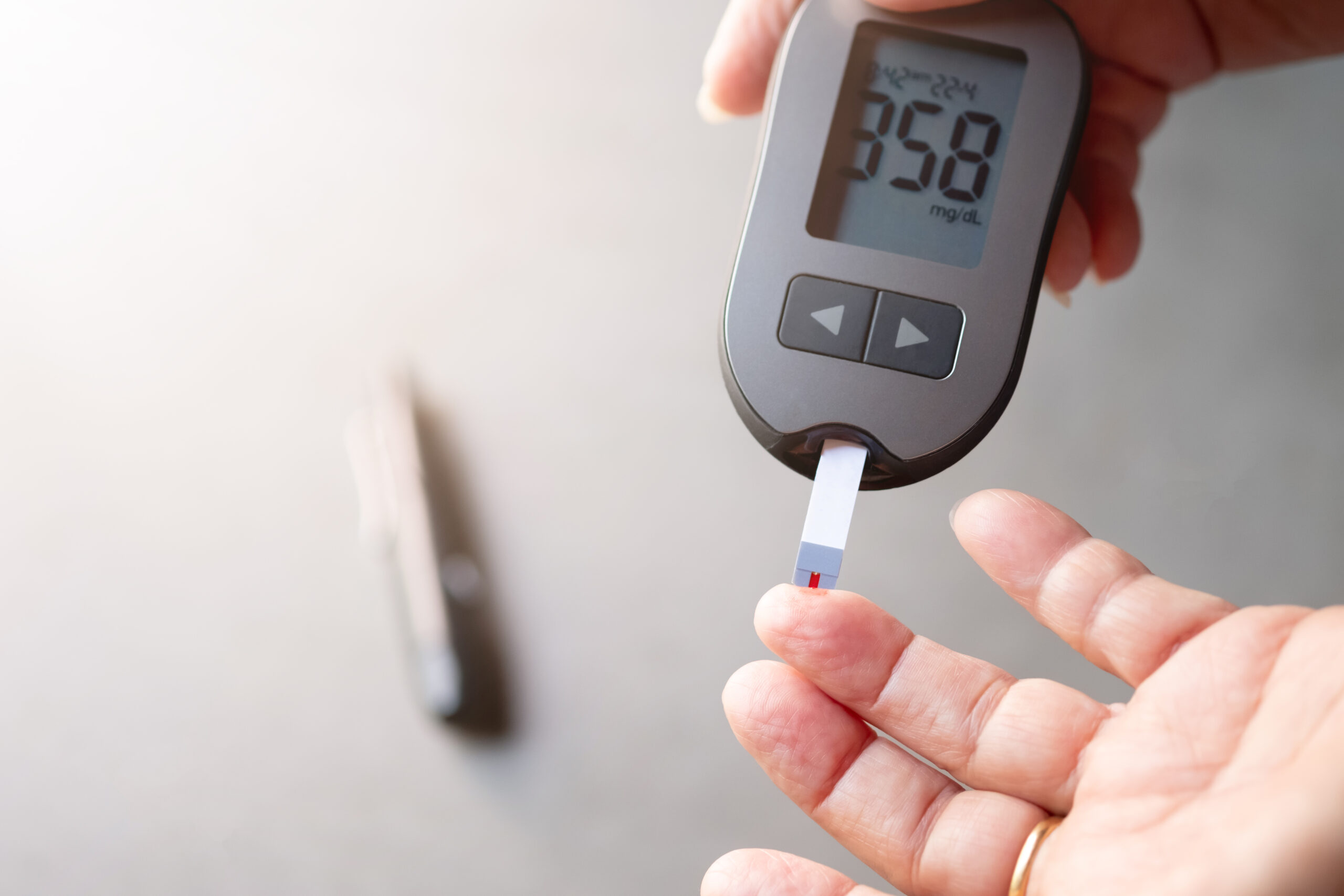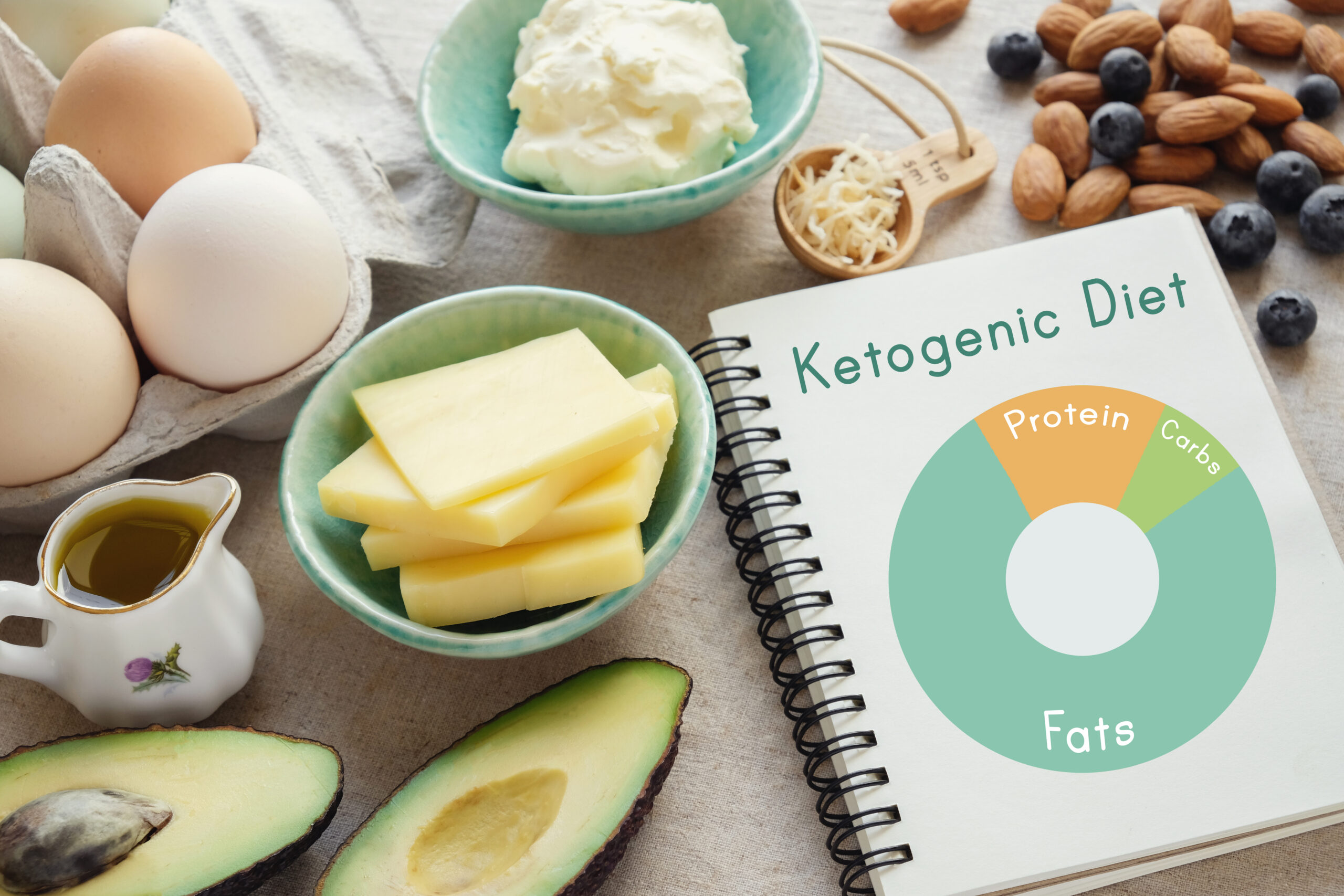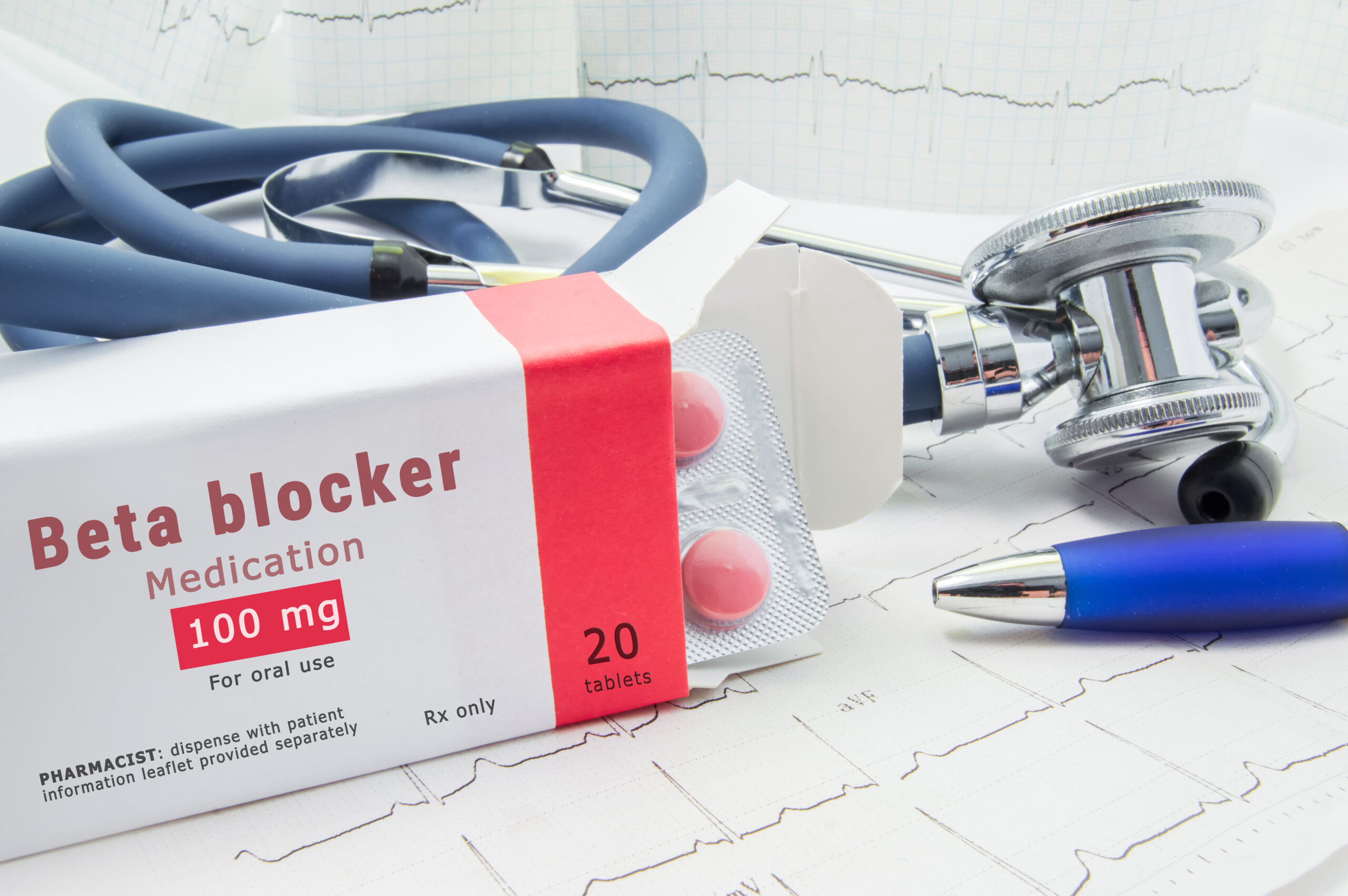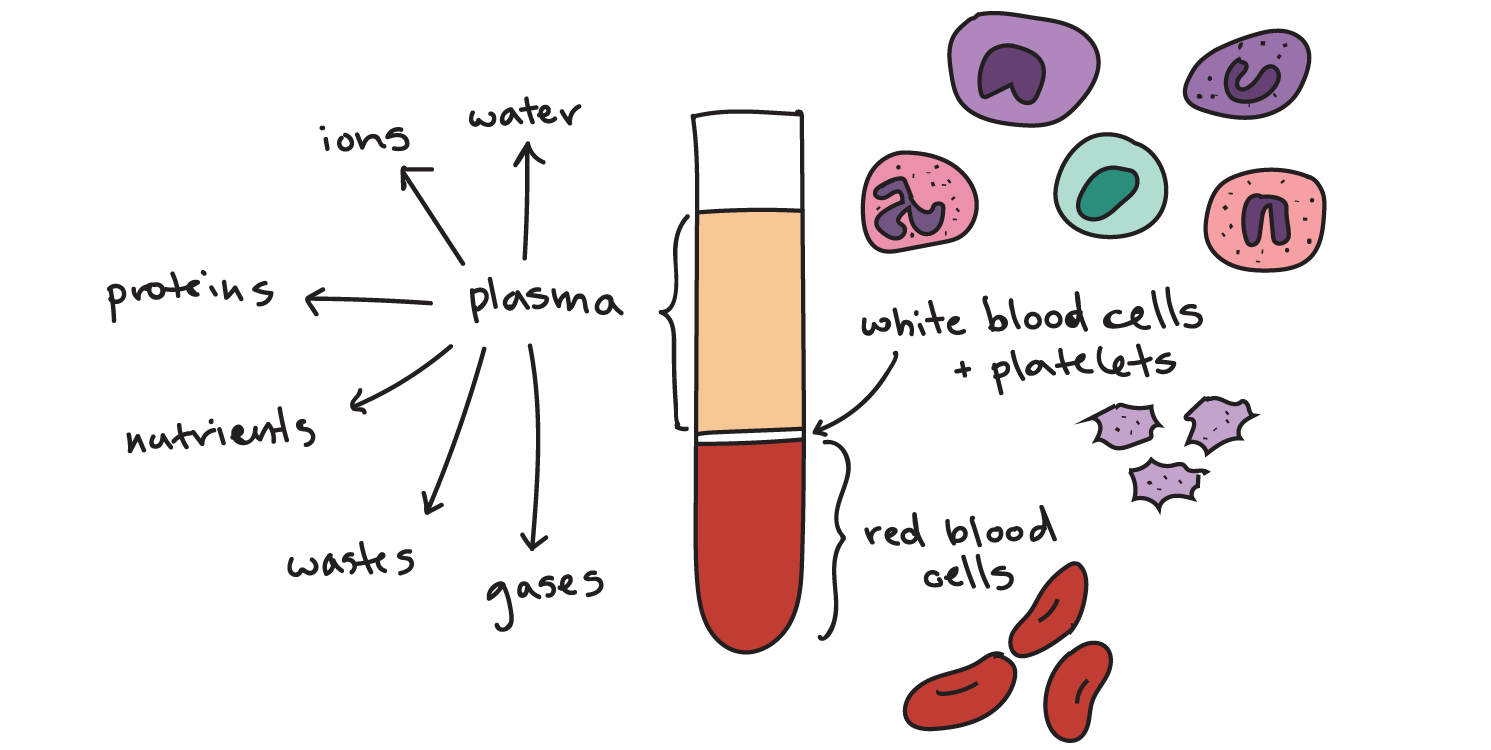Diabetic Ketoacidosis: Fact and Fiction
ACLS Certification Association videos have been peer-reviewed for medical accuracy by the ACA medical review board.
Article at a Glance
- Generally, diabetic ketoacidosis is not undiagnosed diabetes.
- There are similarities between the keto diet and diabetic ketoacidosis.
- Clinicians will learn some facts and fictions surrounding diabetic ketoacidosis.
DKA presents in patients with type 1 diabetes. Typically, type 1 diabetics typically know they have diabetes because they’ve lived with it from an early age. They know the symptoms, how to monitor glucose levels, and when to seek treatment. Undiagnosed diabetes doesn’t push them into DKA. Most patients with DKA are those who have contracted a physical illness such as the stomach virus or the flu, or a patient who has recently gone through a stressful event. The patient already has a prolonged insulin deficiency due to being a type 1 diabetic, and the stress triggers catecholamines, hormones opposing insulin, resulting in extreme hyperglycemia. A key feature of diabetic ketoacidosis is hyperglycemia. DKA patients don’t have insulin to allow glucose to flow into the cells. Therefore, there’s increased lipolysis. The patient starts breaking down the fat, increasing fatty acids floating around the serum. They’re converted to keto acids in the liver, triggering full-blown DKA. Read: What are Intravenous (IV) Fluids?DKA Is Not Undiagnosed Diabetes

Providers do not want DKA patients to be hypokalemic. It can be fatal. Patients should be hyperkalemic. Providers start them on an insulin drip which lowers the potassium level. Luckily, metabolic acidosis and hyperkalemia typically present with the other. If the patient’s body is in acidosis, it will be hyperkalemic.Fatal Complications of DKA
Related Video – Understanding Insulin
A person’s body experiences a glucose deficiency during the keto diet due to a lack of carbohydrates. The body doesn’t have any glucose to break down, so it breaks down fat, entering a state of ketogenesis. Simply put, with this diet, it’s how people lose weight. Interestingly, if one is on the keto diet long enough, they will excrete ketones in their urine, similar to a DKA patient. The ketogenic diet causes the body to utilize and burn fats for weight loss.Similarities Between DKA and Keto Diet

Diabetic ketoacidosis typically isn’t undiagnosed diabetes, as it presents in type 1 diabetics aware of their condition. An illness or stressor triggers insulin-opposing hormones, causing hyperglycemia and DKA. Providers must watch for hypokalemia in DKA patients. There are some similarities between the keto diet and DKA.Summary
More Free Resources to Keep You at Your Best
Editorial Note
ACLS Certification Association (ACA) uses only high-quality medical resources and peer-reviewed studies to support the facts within our articles. Explore our editorial process to learn how our content reflects clinical accuracy and the latest best practices in medicine. As an ACA Authorized Training Center, all content is reviewed for medical accuracy by the ACA Medical Review Board.

